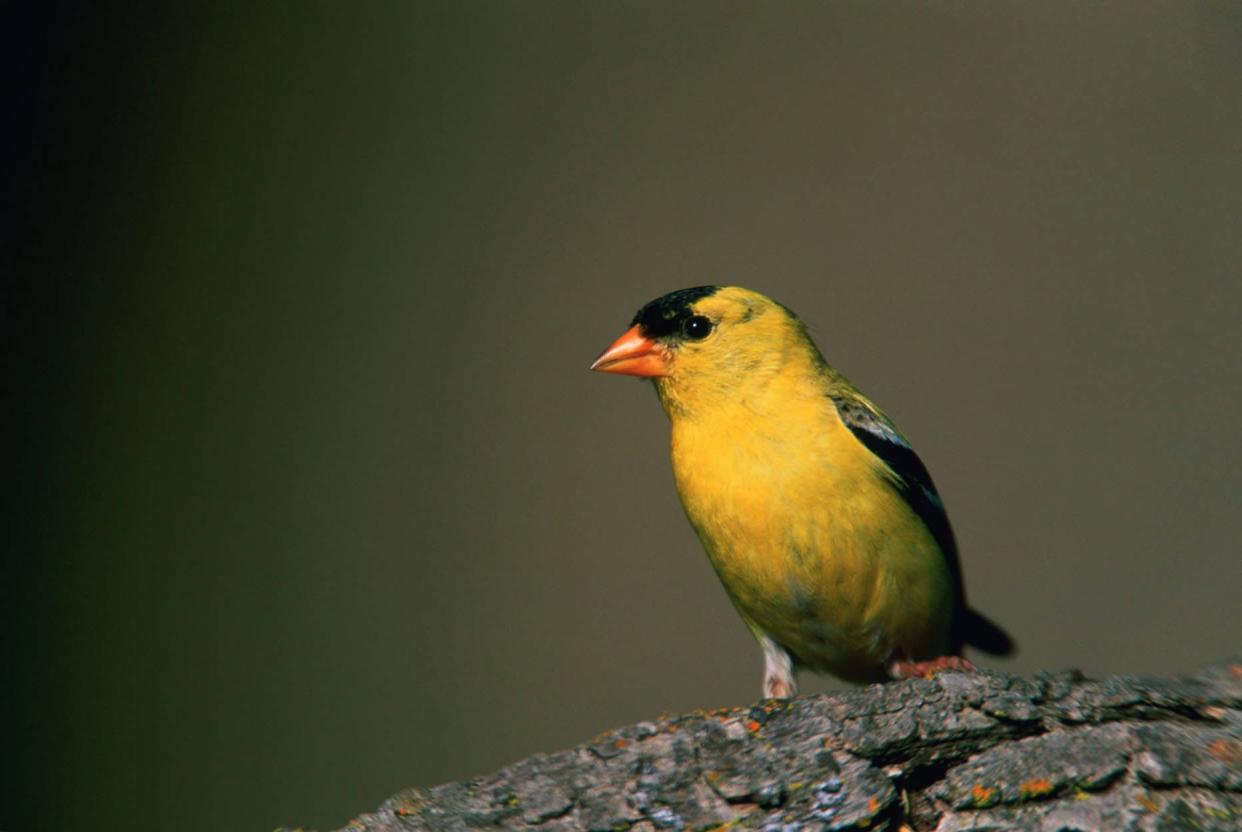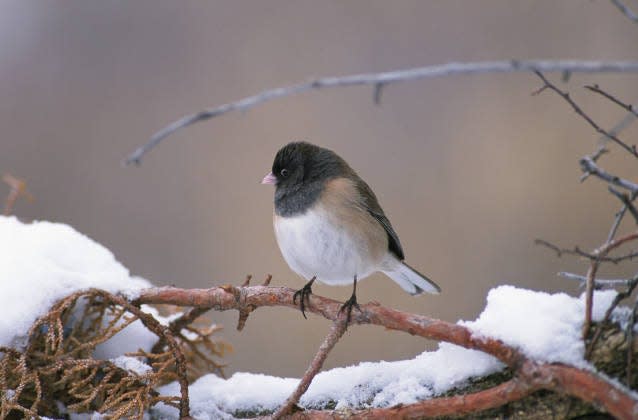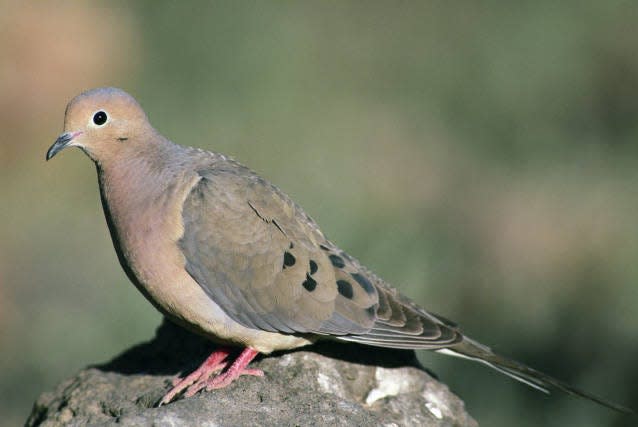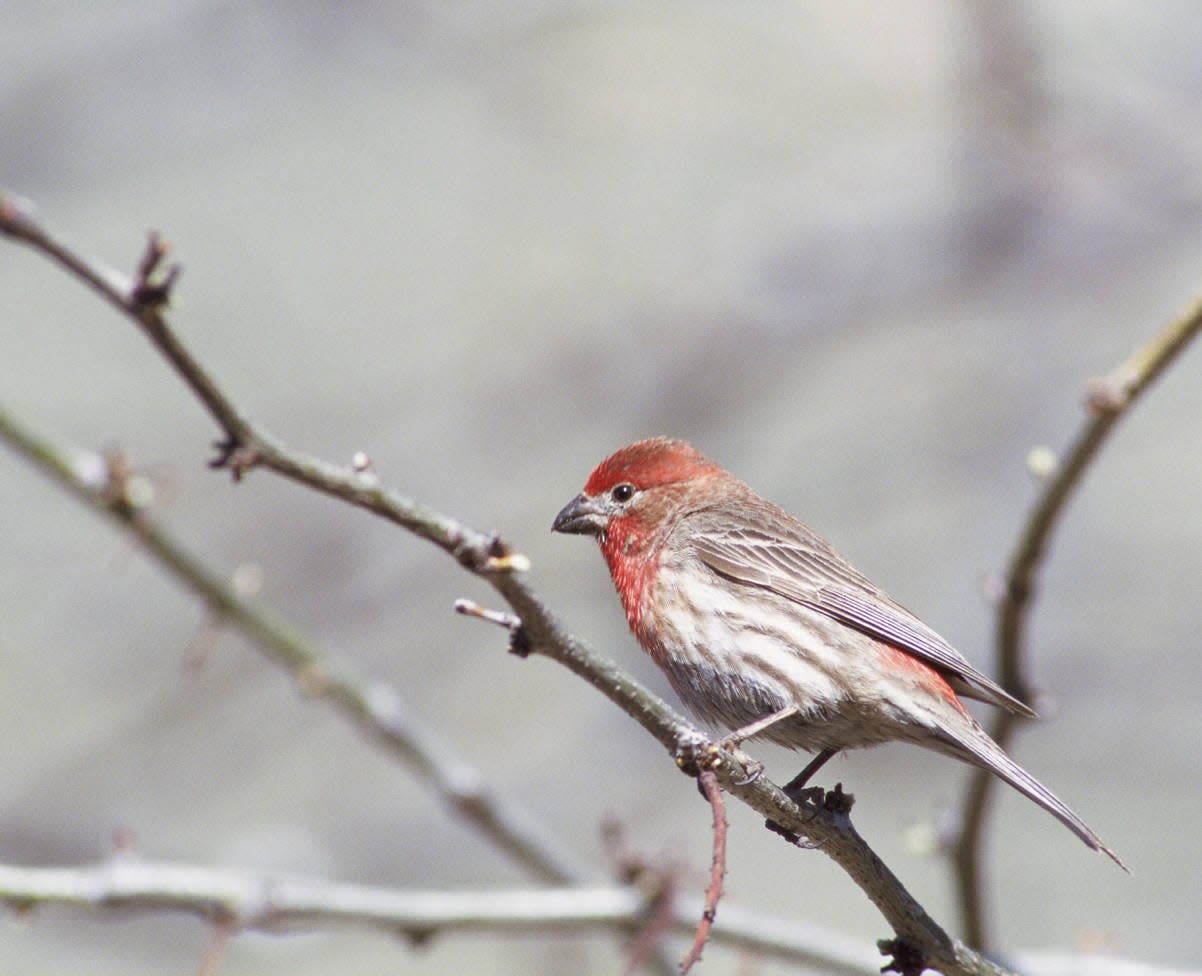What bird is this? These five species are the most likely to be at your feeder
Don’t take the birds in your backyard for granted.
Beyond eating bugs or invasive plant seeds, backyard birds provide people with joy and wonder, said Geoff LeBaron, Christmas Bird Count director for National Audubon Science.
“They’re the gateway to becoming interested and involved in nature, and by extension, conservation,” LeBaron said.
With common bird populations on the decline, these birds are “the canary in the coal mine,” said Ken Rosenberg, an applied conservation scientist emeritus at the Cornell Lab of Ornithology. They’re a good indication of our habitat’s quality.
“If we can’t keep healthy populations of these birds, that’s what’s really telling us our overall environment is degrading,” Rosenberg said.
Here’s what you might not know about the country’s top five most commonly sighted backyard birds, according to 2015 to 2021 data from Project FeederWatch, a November to April survey of birds run by the Cornell Lab of Ornithology.
USA TODAY determined the rankings by adding the number of times each bird was listed as most-sighted for each state, each month. For example, over six seasons, the house sparrow was listed as top bird 76 times.
1. House sparrow

Immigrants to North America, house sparrows are thought to have spread across the U.S. with the help of freight trains.
They’re well-adapted to humans and have been for hundreds of years, making it hard to find a spot that’s too built-up for the house sparrow.
Yet these qualities make it all the more puzzling why house sparrows are rapidly declining not only in North America but globally.
In a recent study, researchers estimated 862 million birds in the sparrow family have been lost since 1970, comprising the single largest proportion of the 3 billion birds lost overall.
House sparrows have thrived near grain farms, LeBaron said. However, with the rise of pesticides and industrialized agriculture, there’s less habitat for sparrows to survive.
To enhance the bird-friendliness of your yard, conservationists recommend eliminating pesticides, minimizing the use of fertilizer, planting native plants and not mowing your lawn.
“Be messy, leave the sticks there, leave the cuttings there, let it mulch,” LeBaron said.
2. American goldfinch

When spring nears, many beginner bird-watchers are curious about what they think is a new species in their yard.
But, in fact, it’s only the male American goldfinch that’s “changed its coat,” LeBaron said.
The change in plumage from drab olive in the winter to bright yellow in the summer is a sight to see. The molting cycle repeats in the fall, when their golden feathers are replaced with new grayish ones.
This transformation helps American goldfinches attract mates during their breeding and nesting seasons, which usually begin in late June and early July.
“American goldfinches are much later nesters than just about anything else you have in your yard,” LeBaron said. This is because as seedeaters, the birds wait for thistles to produce seed before building nests and feeding their young.
If you do not see a search box here, you can look up the top birds in your state by viewing this story at usatoday.com.
3. Dark-eyed junco

The dark-eyed junco doesn’t look the same in Colorado as it does in Oregon.
“Everyone has a different flavor of junco they can see,” Rosenberg said. The species' appearance is among the most variable in North America.
Once considered different species, numerous varieties of juncos have been lumped together over the years. They can be found almost anywhere during the winter, LeBaron said, with the possible exception of South Florida.
4. Mourning dove

Most people who think they’re hearing owls outside might actually be listening to the cooing call of the mourning dove.
These doves are one of the most harvested migratory game birds in North America. Hunters killed approximately 11 million mourning doves in 2020 and 9 million the following year, according to the U.S. Fish and Wildlife Service.
Still, mourning doves are not in decline, due to their prolific breeding habits. Since doves usually lay two eggs at a time, they raise at least three or four broods per season, Rosenberg said.
5. House finch

A flying paradox, the house finch is both native and introduced to North America.
Originally native to Mexico and the Western United States, house finches were shipped to New York City and sold as “Hollywood finches.”
However, authorities started cracking down on violators of the Migratory Bird Treaty Act, which made it illegal to capture and sell native birds.
To avoid prosecution, New York City pet shop owners released finches en masse in 1940. Because many of the birds were already paired, they thrived in the wild. Within 60 years, they colonized most of the continent and met their Western counterparts.
Birds 6 through 10
Rounding out the top 10 are the flashy northern cardinal at No. 6, the gregarious red-winged blackbird at No. 7, the iridescent common grackle at No. 8, the cheeky black-capped chickadee at No. 9, and the vocal chipping sparrow at No. 10.
This article originally appeared on USA TODAY: How do I identify a bird in my backyard? Spot sparrows, finches, more
